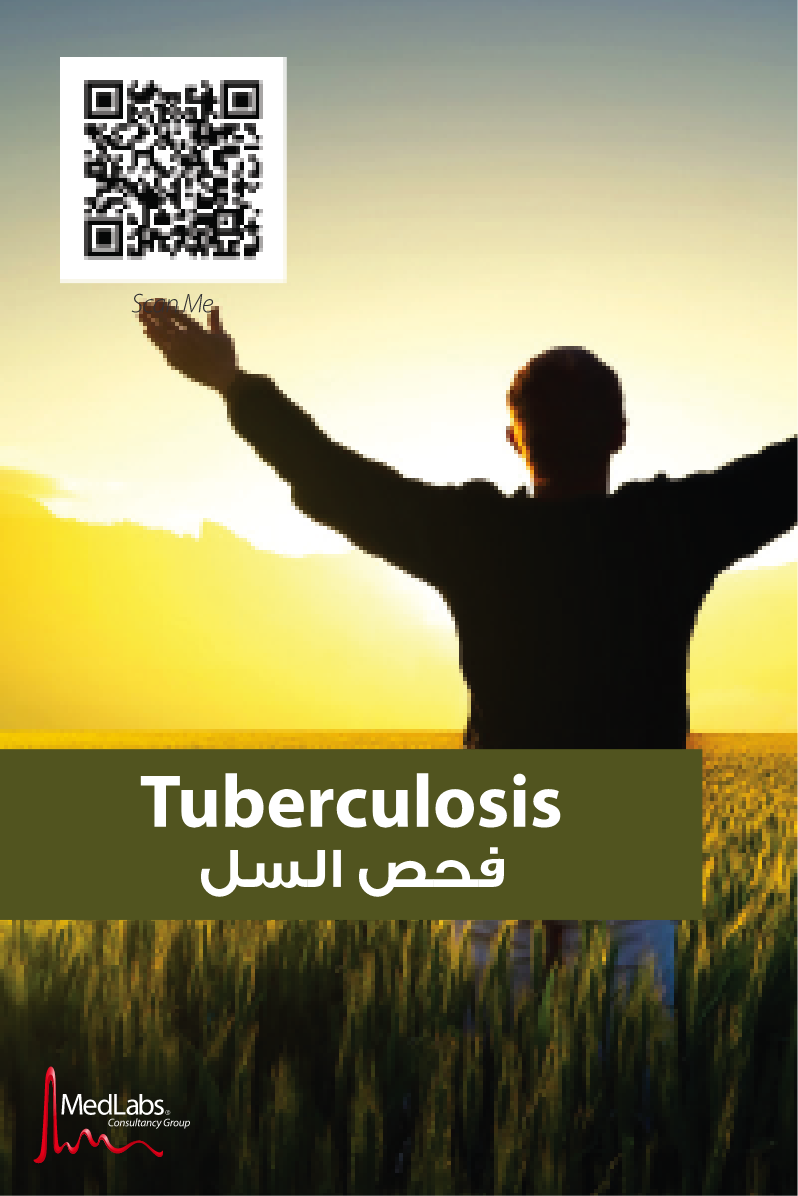
What is Tuberculosis?
Tuberculosis (TB) is a highly infectious re-emerging disease that affects many organs of the body particularly the lungs. It is caused by the bacteria called Mycobacterium tuberculosis, and is transmitted via the respiratory route. People with TB disease of the lung spray the bacteria into the air when they cough, sneeze, talk, or laugh. People nearby can breathe in the bacteria and become infected. To become infected, a person usually needs to be exposed for a long time to air containing many TB bacteria. When a person breathes in TB bacteria, they lodge in the lungs and begin to multiply. From there, the bacteria sometimes move through the blood to other parts of the body, such as the kidneys, joints, and brain. In most cases, the infection is kept under control by the body’s immune system. In about 10% of cases, however, the infection breaks out into active TB disease at some point during the life of the infected person. Thus there are two stages for tuberculosis: Inactive TB Infection and Active TB Disease.
What is the difference between TB infection and TB disease?
In most people who become infected, the body’s immune system is able to fight the TB bacteria and stop them from multiplying. The bacteria are not killed, but they become inactive and are stored harmlessly in the body. This is TB infection, or ‘dormant’ TB. People with TB infection have no symptoms and cannot spread the infection to others. However, the bacteria remain alive in the body and can become active again later.
If an infected person’s immune system cannot stop the bacteria from multiplying, the bacteria eventually cause symptoms of ‘active’ TB, or TB disease. To spread TB to others, a person must have TB disease.
Most people who have TB infection (90%) never develop TB disease. But some infected people are more likely to develop TB disease than others. They include babies, children and elderly people, persons with weak immune systems, and persons with some other kinds of lung diseases. These people should take medicine to keep from developing TB disease. This is called preventive therapy. TB infection and disease are very common worldwide. About 8 million new cases of TB disease occur each year in the world.
What are the symptoms of TB disease?
Symptoms of illness are rarely noticed until the disease is quite advanced. These symptoms include: loss of weight, loss of energy, poor appetite, fever, a common cough with a progressive increase in production of mucus that lasts for more than 2 weeks, coughing up blood, chest pain and night sweats.
About 15% of people may develop tuberculosis in an organ other than their lungs. About 25% of these people usually had known TB with inadequate treatment. The most common sites include the Lymph nodes, the genitourinary tract, bone and joint sites, the meninges, and the lining covering the outside of the gastrointestinal tract.
How is TB diagnosed?
Traditionally TB infection is diagnosed by a skin test. A small needle is used to put some fluid, called tuberculin, under the skin on the inside of the arm. After 2 to 3 days, the amount of skin swelling around the test area is measured. A positive reaction usually means that the person has TB infection. TB disease is diagnosed by a chest x-ray or a test of a sputum sample. However these methods are prone to false positive/negative results. MedLabs has a specialized blood test that accurately detects both active TB disease and inactive (dormant) TB infection called TB Quantiferone Gold test.
What is the treatment for tuberculosis?
In most cases, TB disease can be cured with anti-TB drugs. To be effective, the drugs must be taken exactly as prescribed. Treatment usually involves a combination of several different drugs. Because TB bacteria die very slowly, anti-TB drugs must be taken for 6 months or longer.
Persons with TB disease must continue to take their medicine until all the bacteria are killed, even if the symptoms of disease go away and they start to feel better. Not completing the full TB treatment can be very dangerous. The disease will last longer, the person can continue to spread the disease to others, and the rate of transmission will increase. Also, the TB bacteria can become resistant to the drugs being used to kill them. Multidrug-resistant tuberculosis, or MDR TB, is TB disease caused by bacteria that are resistant to more than one anti-TB drug. MDR TB is difficult to treat and poses a major threat to the control of TB around the world.





